Do you have a question about the Samsung LN32D403 and is the answer not in the manual?
Illustrates required clearance for installing the TV with its stand for proper ventilation.
Shows required clearance for wall-mounting the TV to ensure proper ventilation.
Details the functions of the TV's physical control panel buttons and indicators.
Explains the power consumption in standby and recommends unplugging the power cord.
Describes the function of each button on the TV remote control for navigation and operation.
Provides instructions on how to insert batteries into the remote control correctly.
Guides through selecting the preferred On Screen Display language during initial setup.
Instructs on choosing between 'Home Use' and 'Store Demo' modes for optimal TV operation.
Explains how to set the TV's clock automatically or manually based on time zone.
Details the process of choosing between Air or Cable for automatic channel tuning.
Details how to connect devices via HDMI/DVI, including notes on audio and cable compatibility.
Explains connecting devices using Component or A/V cables for optimal picture quality.
Lists supported display modes and resolutions for PC connection via HDMI/DVI.
Provides important notes regarding HDMI/DVI cable connections, including audio and interlace mode limitations.
Indicates a connector intended for service personnel only.
Explains how to select TV or external input sources like DVD, HDMI, and USB.
Guides on renaming input sources for easier selection, especially for PC and DVI connections.
Explains how to navigate categories, topics, and sub-menus within the TV's e-Manual.
Details the menu path to access the e-Manual feature directly from the TV's main menu.
Describes methods to directly launch TV features (like 'Try Now') from e-Manual topics.
Explains how to view content, move between pages, and use the 'Try Now' and 'Home' functions.
Details how to magnify and scroll through e-Manual content for better readability.
Guides on using the index and keyword search to find specific topics within the e-Manual.
Provides guidance on installing the wall mount kit, including using the guide stand.
Lists VESA standard dimensions and screw specifications for compatible wall mounts.
Solutions for the TV not turning on or displaying a picture, including cable checks.
Troubleshooting steps for a non-functional remote control or issues with cable/set-top box remotes.
Covers firmware updates, pixel notes, license, and the 'My Contents' media playback feature.
Guides on wall mounting, installing the anti-fall device, and screw specifications.
Provides instructions for TV storage and safe cleaning methods for the screen.
Details display resolution, operating temperature, humidity, and storage conditions.
Lists model names, screen sizes, power consumption, dimensions, and weight.
| Audio system | SRS Trusurround HD |
|---|---|
| RMS rated power | 10 W |
| Number of speakers | 2 |
| Manual | Yes |
| Package depth | 156 mm |
| Package width | 930 mm |
| Package height | 563 mm |
| Package weight | 10800 g |
| Headphones included | No |
| Display diagonal | 32 \ |
| Display resolution | 1366 x 768 pixels |
| Display technology | LCD |
| Native refresh rate | 60 Hz |
| Supported video modes | 720p |
| Screen format adjustments | 16:9 |
| Supported graphics resolutions | 1366 x 768 |
| Motion interpolation technology | CMR (Clear Motion Rate) |
| Tuner type | Digital |
| Digital signal format system | ATSC |
| Audio formats supported | MP3 |
| Image formats supported | JPG |
| USB 2.0 ports quantity | USB 2.0 ports have a data transmission speed of 480 Mbps, and are backwards compatible with USB 1.1 ports. You can connect all kinds of peripheral devices to them. |
| Digital audio optical out | 1 |
| Product color | Black |
| Panel mounting interface | 200 x 200 mm |
| Cables included | AC |
| Remote control type | TM940 |
| AC input voltage | 110 - 120 V |
| Power consumption (standby) | 1 W |
| Depth (with stand) | 181.9 mm |
|---|---|
| Width (with stand) | 784.4 mm |
| Height (with stand) | 542.3 mm |
| Weight (with stand) | 8660 g |
| Depth (without stand) | 103.3 mm |
| Height (without stand) | 502.9 mm |
| Weight (without stand) | 7650 g |



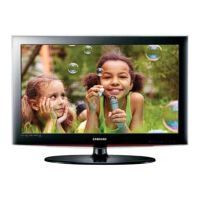
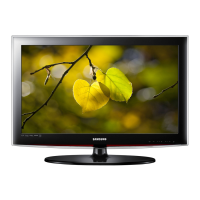
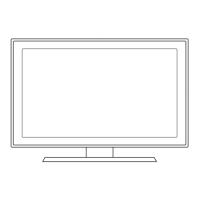

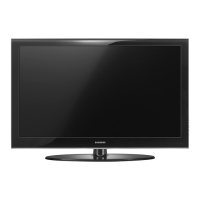


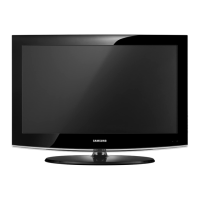

